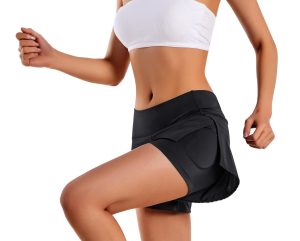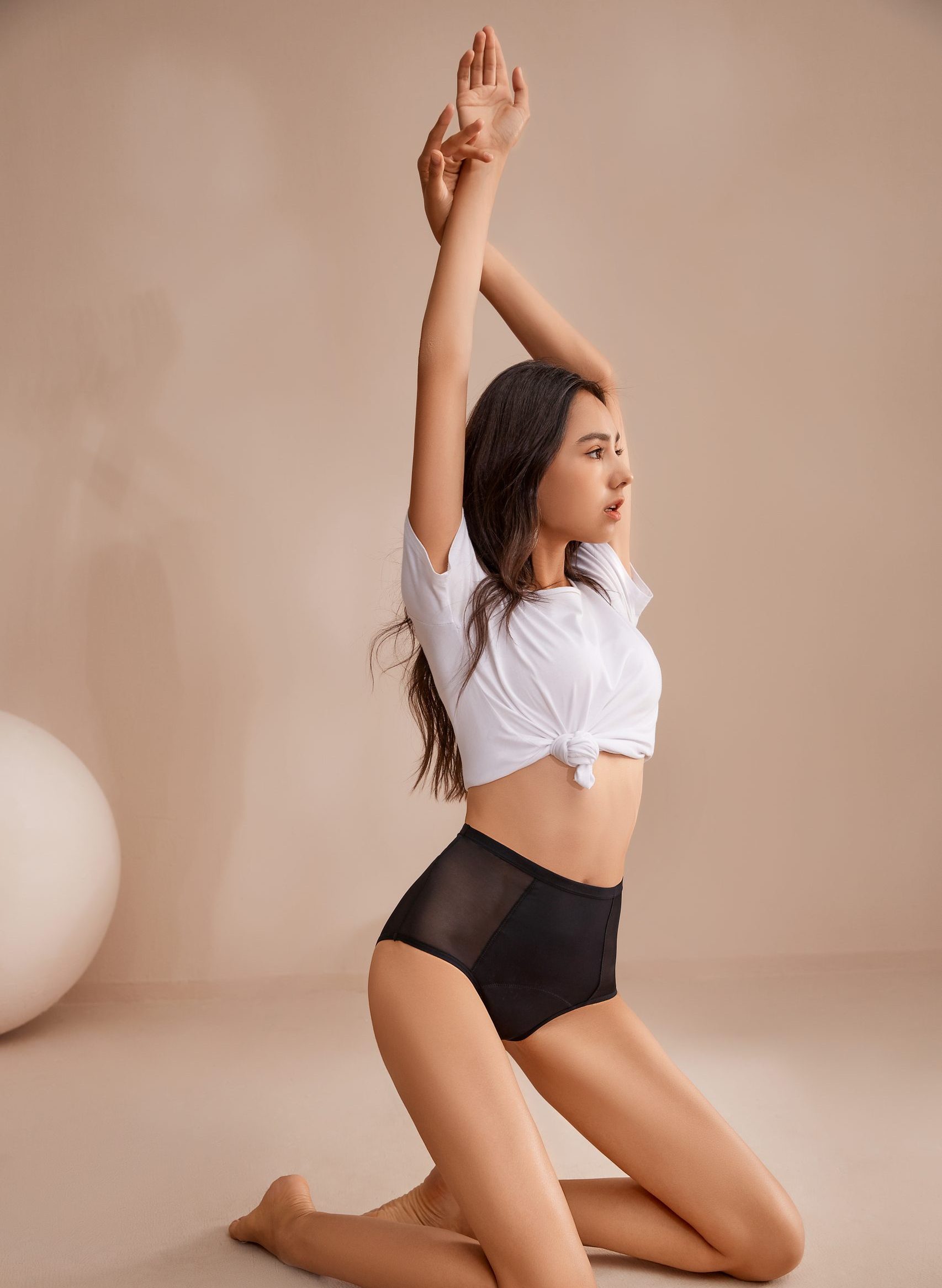Each person’s physical condition and period symptoms may be different, so you need to make adjustments to your individual situation when choosing the type and intensity of exercise.
In the days before your period, you can choose to do light exercise, such as walking or other light aerobic exercise. If you do aerobic exercise, you can keep the intensity low or shorten the time, according to your comfort level.
or strength training, it is recommended to choose a small volume of training, with low intensity and long time aerobic exercise combined with strength training.Exercises such as Pilates and yoga can be done a few days before menstruation, and these exercises can relax the body and reduce symptoms such as muscle soreness, fatigue, and breast tenderness.

Menstrual exercise has many benefits, including the following:
1. Ease PMS symptoms: Regular aerobic exercise can reduce PMS symptoms such as mood swings and fatigue, making you feel better before your period.
2. Boost your mood: Exercise leads to higher levels of endorphins (chemicals produced internally by your body) that make you feel better, thereby improving your mood. Endorphins are also a natural pain reliever, and exercise releases endorphins to help relieve menstrual discomfort and pain.
3. Build strength: Studies have shown that estrogen and progesterone levels are lower during your period, which may allow you to show greater strength and strength performances in the weeks leading up to your period. So, start exercising on the first day of your period to take full advantage.
4. Ease discomfort: Moderate exercise can help improve blood circulation and reduce uncomfortable symptoms such as back pain, headaches, and menstrual cramps.
5. Improve sleep quality: During menstruation, many women face sleep problems, such as insomnia or decreased sleep quality. Getting moderate exercise can help regulate sleep and improve the ability to fall asleep and stay asleep.
6. Regulate hormone levels: Menstrual exercise can help regulate levels of hormones like estrogen and progesterone. This is important for balancing hormonal changes in the body, alleviating uncomfortable symptoms, and promoting overall health.
7. Improve posture and posture: During menstruation, some women may experience an unstable posture due to changes in the uterus and pelvic cavity. Doing moderate exercise increases core strength, improves posture and balance, and reduces the risk of potential postural problems and injuries.

But overall, moderate menstrual exercise has physical and mental health benefits, including reducing PMS symptoms, boosting mood, strengthening strength, relieving discomfort, and regulating hormone levels, depending on your physical condition and needs.
In addition to daily physiological underwear, we also have sports physiological underwear, which can also absorb menstrual blood well, but also has the function of preventing lateral leakage.